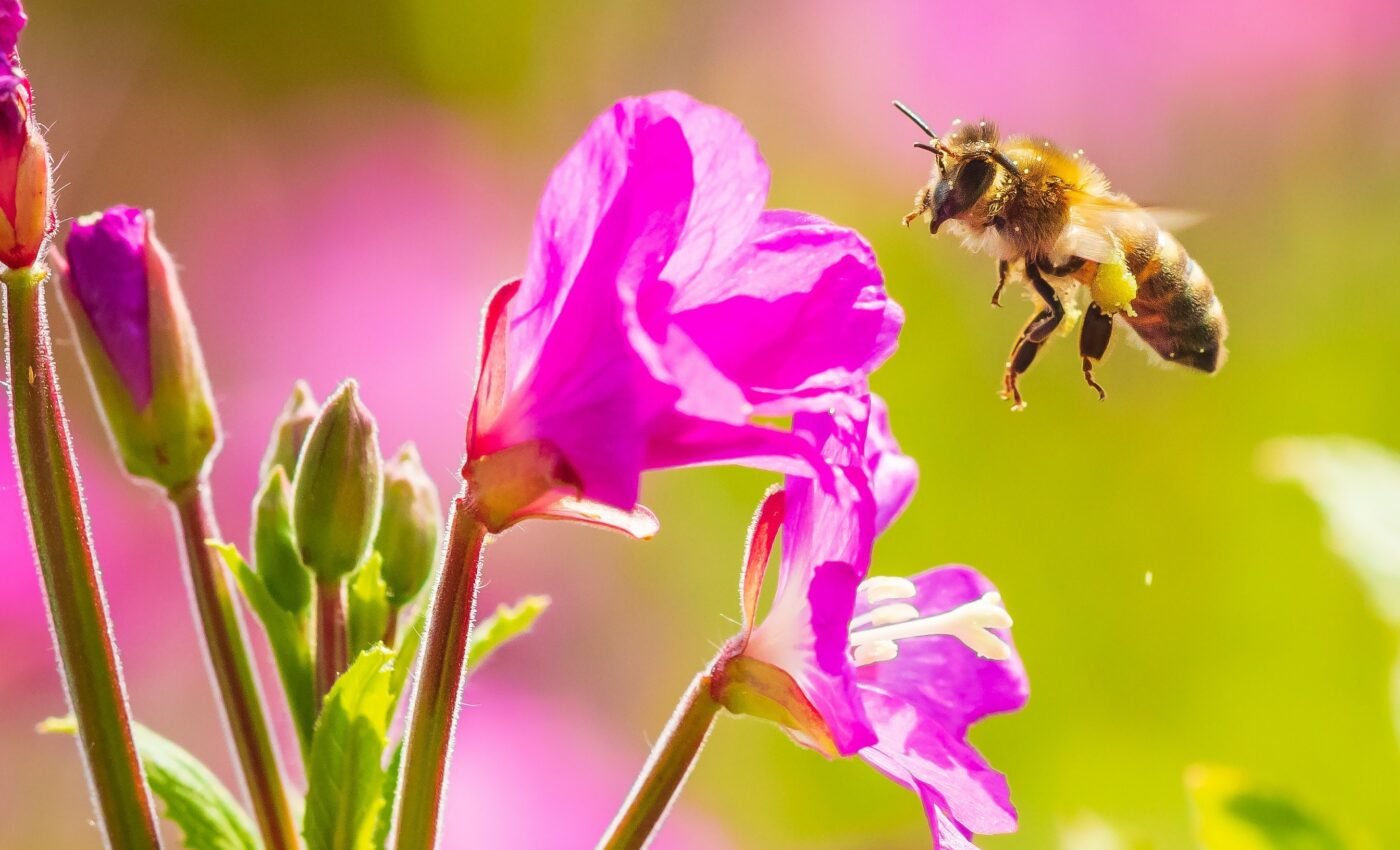
Flower quality is a critical driver of bee abundance
A team of scientists led by the North Carolina State University has recently investigated the effects of a N.C. Department of Agriculture (NCDA) three-year effort (2016-2018) to conserve and improve bee populations by installing pollinator-friendly flowers on 16 agricultural research stations from the mountains to the coast of North Carolina. The analysis revealed that, although bee abundance and diversity increased in the studied areas, the quality of the habitat – which could be affected by the way these areas are maintained over time – also played a significant role in these positive effects.
The scientists visited all 16 sites four times each year and caught bees in nets and cups which were painted to imitate the UV reflection of flowers. By analyzing over 16,000 bees from 128 different bee species, they found that bee abundance increased over time, while bee diversity increased in 2017 and then slightly dropped in 2018 (although both years showed significant improvements compared to 2016).
“We were really happy to see increases in the abundance and number of bee species found over time,” said study lead author Hannah Levenson, a postdoctoral fellow in Entomology at NC State. “It was also exciting to see how many species we documented, especially for studying one kind of habitat. This study was limited to agricultural areas but we still found nearly 130 bee species.”
The investigation also revealed that the quality of flowers was a critical driver of bee abundance and diversity, with areas of higher flower quality attracting more bees and bee species, while poorly maintained areas with degraded flowers, weeds, and grasses lagging behind.
“North Carolina has 564 species of bees and they have very different life cycles from each other. Some are active in early spring when flowers are just starting to come up. Other species are active in summer. The end of summer is when most bee species are active but have the fewest resources available – it’s called the dearth. So it’s important to develop seed mixes that bloom across the seasons so we can support as many of North Carolina’s bees as possible,” Levenson explained.
Surprisingly, the researchers also found several bee species showing up in unexpected areas. For instance, squash bees – a species of economically important pollinators – were found in plots with no squash plants. In addition, they discovered high numbers of a particular bumble bee (Bombus pensylvanicus) which is currently under review for potential addition to the endangered species list.
“We found a high abundance of them, so it’s possible that they’re attracted to agricultural areas more than other areas. We submitted the data to Fish and Wildlife so it can be used to help make the decision on whether it should be listed as endangered or not,” Levenson reported.
“I want to give credit to the NCDA. To our knowledge it was the first government organization to do test plots like these, and hopefully what we found could encourage more government programs to take actions to protect the environment. Even though the habitats weren’t perfect, they still made a difference,” she concluded.
The study is published in the journal Frontiers in Ecology and Evolution.
—-
By Andrei Ionescu, Earth.com Staff Writer
Check us out on EarthSnap, a free app brought to you by Eric Ralls and Earth.com.













